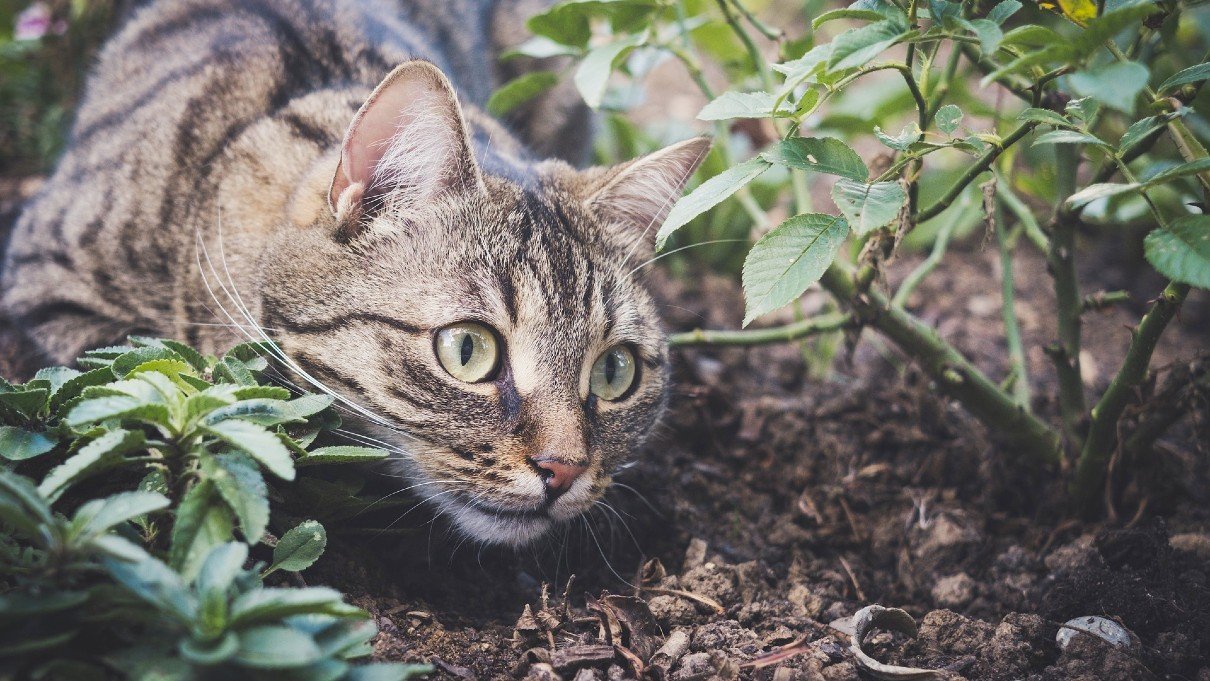How Long Does Cat Litter Take To Decompose?

While cats are adorable, no one wants to deal with trying to remove their feces from the couch or bed. Fortunately, this is what cat litters are for – with proper training, you can get your cats to consistently use them as toilets.
But disposing of them is a whole other matter – many people don’t know whether to bury them or not, and some even wonder how long they take to decompose.
Worry not though, we have all the answers you seek. In today’s post, we are going to talk about that and so much more.
How long does cat litter take to decompose?
While clay and silica cat litter don’t decompose, biodegradable ones do. The whole process usually takes at least one year if no heat is applied. In the presence of heat, it can take mere months.
Can and should you bury used cat litter as a way of disposing of it?
Burying used cat litter is not the most environmentally friendly way to get rid of it. Even if you use the biodegradable litter, cat feces can contain a toxic parasite called Toxoplasma Gondii that can live in the soil for up to a year and infect animals and people.
The only way burying can be a viable option is if you are doing it in your personal garden or in a potted plant. But even then, you have to ensure that the litter is not used for any vegetables. Consuming vegetables fertilized this way can be detrimental to your health.
And even if you choose to compost your cat litter, you still have to worry about Toxoplasma Gondii. For this to even be a viable option, you should keep your cat indoors and ensure that your compost gets to temperatures of 165 degrees Fahrenheit. And even still, we couldn’t in good faith recommend you use this compost for vegetables.
What are better ways to dispose of it in an eco-friendly manner?
Also, since landfills are usually lined, you will ensure that the parasites don’t make their way to nearby wildlife or water bodies.
And if you want to really reduce your carbon footprint you could:
- Ensure you always use biodegradable cat litter. Clay litter is particularly bad because it is produced through an energy-intensive process called strip mining. Also, it produces dust that can worsen respiratory conditions.
- Opt for biodegradable poop bags.
- Make your cat an indoor pet. This reduces the chance of it getting Toxoplasma Gondii and keeps it from defecting in neighbors’ vegetable gardens.
Just throw it away
Ultimately, flushing, burying, or composting cat litter is not worth the risk.
Toxoplasma Gondii can cause symptoms like headaches, muscle pains and other flu-like symptoms. And for people who have AIDS or are receiving treatment that compromises their immunity, this parasite can cause serious illness. If it infects pregnant women, it can even cause birth defects.
So for the sake of your health and peace of mind, just throw your cat litter in the trash!
